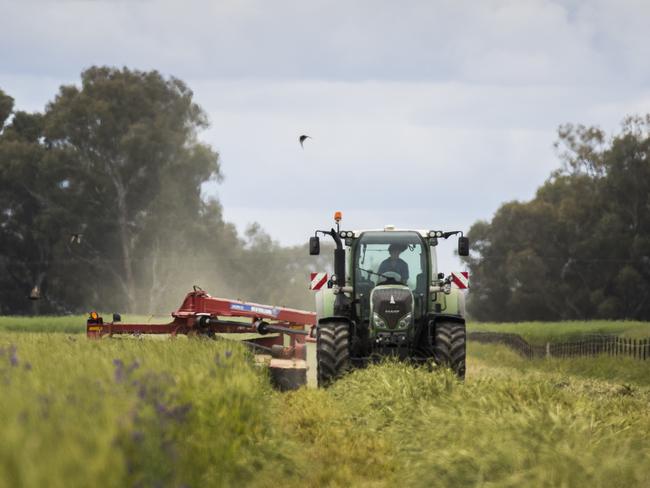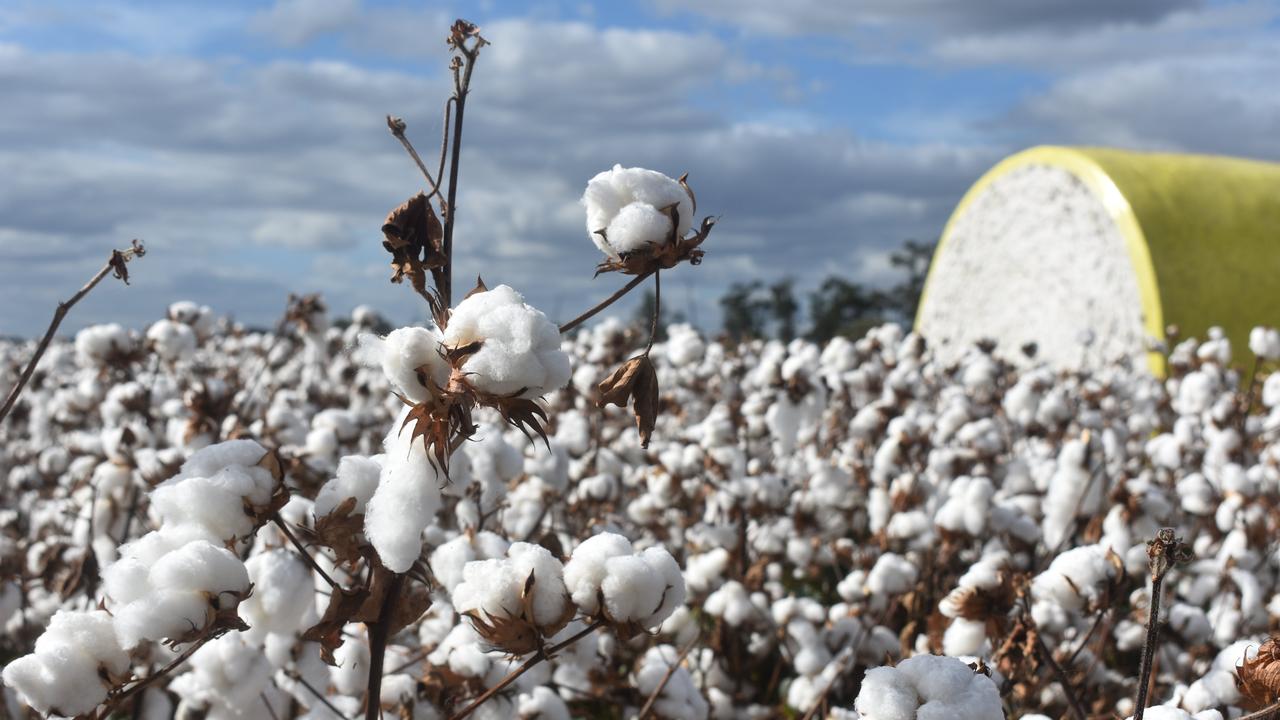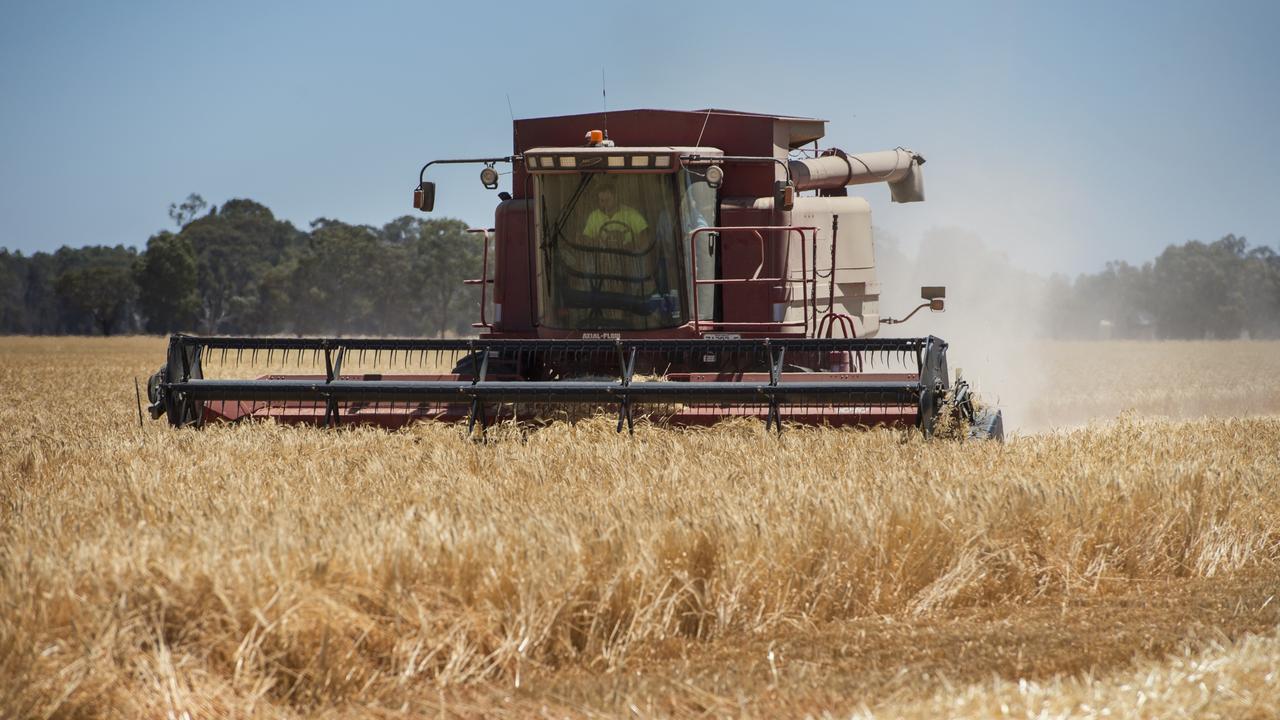Growers hope for lift in demand
Milk prices are relatively high and hay is comparably cheap. As dairy farmers of northern Victoria have been a major source of hay demand in the past, how is their demand shaping up for 2021?

NOW that baling and ensiling of winter-grown fodder is complete, hay prices will largely be determined by changes in demand.
Irrigation water prices have always had a strong relationship with hay demand. High prices for temporary irrigation water often lead to greater demand for bought-in hay for dairy farms in northern Victoria and the Riverina.
Sitting at 88 per cent, the Murray irrigation system of northern Victoria is the only region that has not achieved 100 per cent allocation of high-reliability water shares this season.
All of the other five water systems of northern Victoria achieved their full allocations by mid-November this season, illustrating the benefit of the well forecast rainfall of the La Nina weather pattern.
Following the winter and spring inflows, water storages typically reach their maximum annual levels at this time of the year. This year the water levels of the two largest reservoirs, Dartmouth Dam and Hume Dam, have reached the modest levels of 62 and 67 per cent respectively.
Storage volumes in Dartmouth are sitting well below the December levels of 2016, 2017 and 2018 but the Hume levels are around double those achieved in 2015, 2018 and 2019.
Although storage levels have historically been a valuable indicator of supply and price for irrigators, the water market has changed considerably. Much of the water currently stored is purchased as carry-over for future seasons or reserved for environmental flows.
Despite this, the generous inflows and spring rainfall have improved supply and reduced the demand for early summer irrigation, pulling prices for allocation trades to affordable levels.
This month the median price for water allocation trading in the Greater Goulburn system has risen $23 a megalitre to $138 while the price in the Victorian Murray system downstream from Barmah has risen $10 to $210 a megalitre.
According to dairy farmers, irrigating summer crops is now affordable. Although there are definite labour-saving benefits in buying in cheaper rain-damaged hay at $180 to $200 a tonne delivered to dairy farms in the Murray and Goulburn Valleys, summer forages should provide affordable feed with higher nutritional value than the cereal hay that is on offer from growers.
Paddocks dedicated to corn silage have been well planned for some months now. Millet seed is moving out to dairy farms for sowing into dedicated paddocks or for incorporating into existing permanent pastures to help bulk out summer feed.
Growers have placed a steep price premium on any hay that shows quality capable of achieving export demand.
Cereal hay growers understand just how rare medium to high quality hay is this season. Unbleached hay testing over 9.5 ME energy units and 9.0 per cent protein with Neutral Detergent Fibre under 45 per cent is highly sought after by hay exporters.
The weather and demand patterns of 2021 are uncertain. Hay sellers have little option but to remain patient and wait for demand patterns to change.
MORE
PESSIMISM PREVAILS WITH PRICES TO REMAIN STAGNANT


